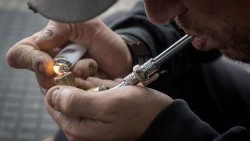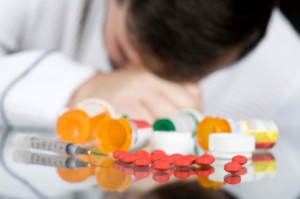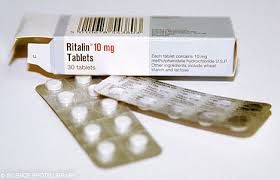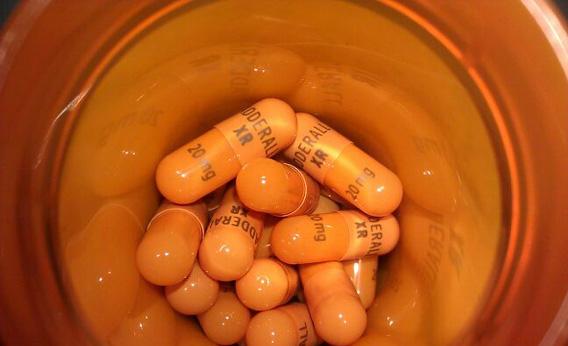Signs of Crack Use You Should Be Aware Of
The phenomenon of crack was first reported in California in 1974 and it gets its name from the crackling sounds it makes as the substance begins to melt and burn. Crack is a powerful stimulant that produces its effects immediately as the chemicals reach the brain with rapid intensity. Users are at risk of physical, neurological, and physical health problems because every dose is unpredictable.
If you are concerned that someone you care may be using crack, signs of crack use you should be aware include the following:
Acute Signs

Someone who is high on crack cocaine may be irritable, have high energy, and be paranoid.
Acute signs of crack use you should be aware of begin with the immediate stimulant effects of the drug including:
- Enlarged pupils
- Excessive sweating or elevated temperature
- Euphoria
- Increased energy or hyperactivity
- Heightened awareness or sensitivity to lights, sounds, or movements
- Paranoia or other psychosis such as tactile hallucinations “coke bugs” that appear to the user as crawling under their skin
- Obsessions or the repeating of activities with vigorous concentration efforts
- Inability to focus or other cognitive difficulties
- Excessive talkativeness
- Restlessness, nervousness, agitation, anxiety, or panic
- Grinding teeth and unusual mouth movements
- Increased heart rate and blood pressure
- Increased respiration and difficulty breathing
Physical Health Risks
Many of the physical and psychological signs of crack use are hard to ignore. Users may be deprived of hunger and sleep which further deteriorates their health. According to the Centers for Disease Control and Prevention,” Habitually smoking crack cocaine causes pulmonary damage (crack lung).”
Extraction and processes of cocaine paste, before it ever hits the streets for sales, involves variant chemicals that are highly toxic. Upon distribution of the cocaine paste, it is then, “cut” with a variety of other substances to extend the volume of sales by dealers. Smoking the crack allows these chemicals to directly affect the lungs, brain, heart, and central nervous system which can impact every other organ in the body. The damaging signs of crack use may be:
- “Crack lung” or other respiratory problems
- Cardiopulmonary problems
- Neurological impairments
- Low immune system
- Communicable infections or diseases from sharing paraphernalia or engaging in unsafe sex
- Toxic Poisoning
- Organ damages
- Extreme weight loss, malnutrition, vitamin deficiencies that can damage other organs
- Overdose and death
Psychological and Behavioral Risks
Functional and structural brain changes from smoking crack can lead to an inability to control thoughts, emotions, or behaviors and other signs of crack use may include:
- Engaging in unwanted, immoral, or risky behaviors
- Neurological impairments that can result in seizures, hypoxia, and other brain damages leading to cognitive impairments or a variety of central nervous system disruptions
- Mental health disorders such as anxiety, depression, suicidal tendencies, or long-term psychosis
- Possessing paraphernalia such as lighters, pipes, wires, or “chore boy” scrubbers to smoke the crack with



